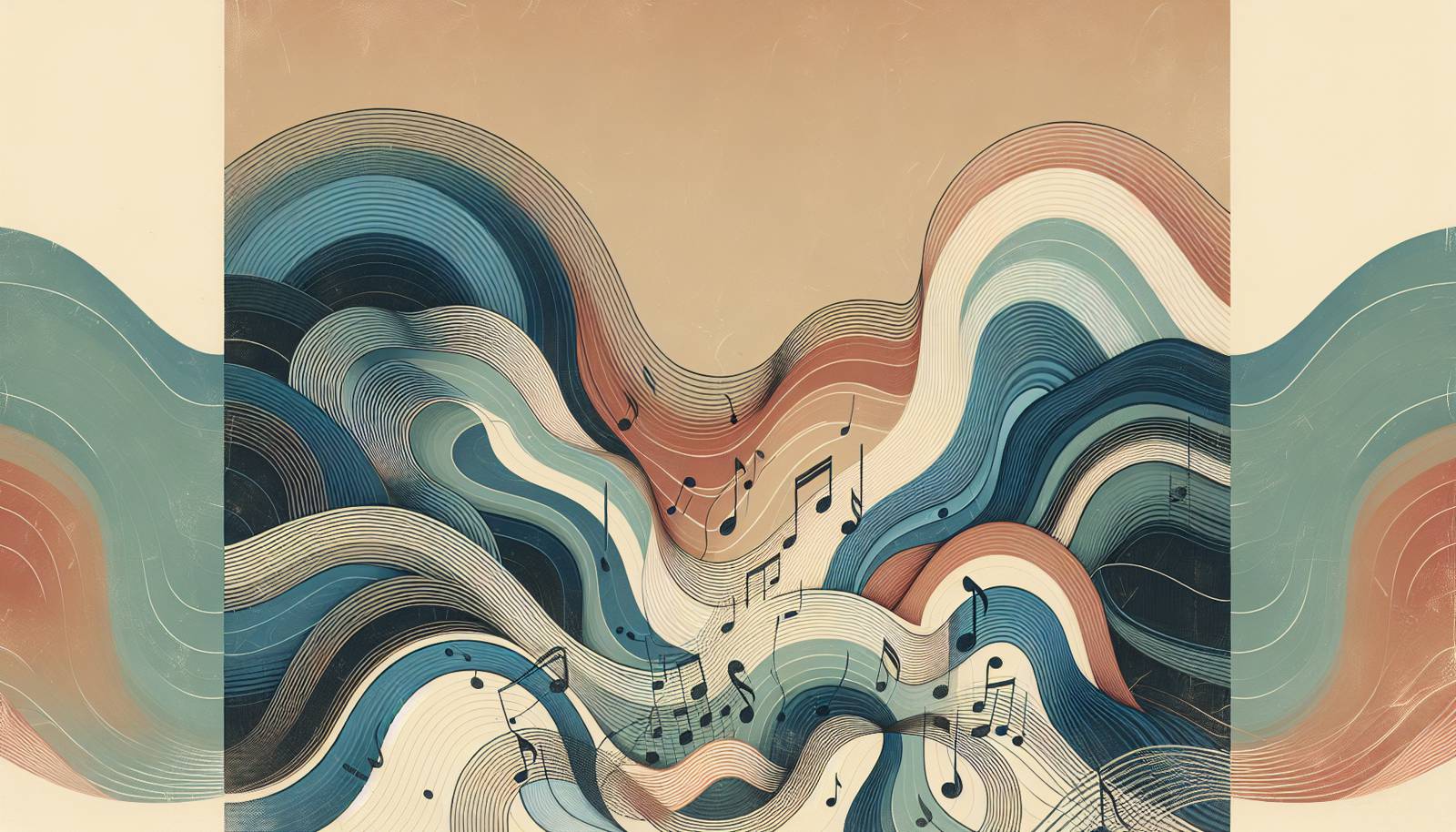
FAQ About The Role of Jazz Improvisation in Modern Music Education

What is jazz improvisation?
Jazz improvisation is the act of spontaneously creating new musical phrases, melodies, or variations over a given set of chord changes or a harmonic structure. It is a core element of jazz music and allows musicians to express their individuality and creativity while performing. Improvisation often involves using scales, modes, and rhythms that are typical of jazz, allowing for a unique and personal expression within the musical piece.

How can jazz improvisation benefit students in music education?
Jazz improvisation benefits students by enhancing their creative thinking, listening skills, and ability to adapt. It encourages students to experiment with musical ideas and develop their own style. This creative process can build confidence in their musical abilities and promote a deeper understanding of musical theory and structure as they learn to react and play spontaneously.

Which musical skills are developed through jazz improvisation?
Jazz improvisation helps develop various musical skills, including ear training, timing, phrasing, and expression. It also improves students' understanding of chord progressions, scales, and modes. Additionally, students learn to convey emotion through their music, develop a sense of rhythm, and enhance their technical proficiency on their instrument.

Why is jazz improvisation considered essential for lifelong musicianship?
Jazz improvisation is essential for lifelong musicianship because it fosters a mindset of exploration and creativity, which is vital for ongoing musical development. By engaging in improvisation, musicians continually challenge themselves and discover new aspects of their musical identity, which keeps the learning process dynamic and engaging over a lifetime.

How does jazz improvisation encourage experimentation in music education?
Jazz improvisation encourages experimentation by allowing students to explore different sounds and rhythms without the constraints of a written score. It provides a framework within which they can try out different melodies, harmonies, and rhythms, encouraging risk-taking and experimentation. This can lead to new and inventive musical ideas and innovations.

Are there specific exercises to help students learn jazz improvisation?
Yes, there are specific exercises that can help students learn jazz improvisation. These include practicing scales and modes commonly used in jazz, such as the blues scale and Mixolydian mode, learning to play over chord changes, and transcribing solos by famous jazz musicians to understand their phrasing and style. Jam sessions and using backing tracks to simulate real-time improvisation situations can also be very beneficial.

Can jazz improvisation be applied to genres other than jazz?
Yes, jazz improvisation techniques can be applied to genres beyond jazz, such as rock, pop, blues, and even classical music. The skills and concepts developed through jazz improvisation, like creativity, harmonic understanding, and temporal flexibility, are valuable across all genres and can enhance a musician's versatility and expressiveness.

What role does listening play in jazz improvisation?
Listening plays a crucial role in jazz improvisation. Musicians must listen carefully to their fellow band members to respond appropriately and complement the musical conversation. Active listening also helps musicians pick up on subtle cues, respond to changes, and maintain the melodic and harmonic structure of the piece while contributing their unique voice.

How do music educators incorporate jazz improvisation in the curriculum?
Music educators incorporate jazz improvisation into the curriculum by including exercises that focus on scale and chord recognition, encouraging group improvisation sessions, and analyzing recordings of jazz performances. Educators also might use play-along tracks, host jazz ensembles, and organize performances where students can practice improvisation in front of an audience.

What are common misconceptions about jazz improvisation in education?
A common misconception about jazz improvisation is that it is purely spontaneous and has no structure. In reality, successful improvisation requires a strong understanding of music theory and the ability to quickly apply knowledge of scales, chord progressions, and rhythmic patterns. Another misconception is that only advanced students can improvise, whereas beginners can also engage in improvisation with simple exercises and guidance.
{
What historical figures in jazz are known for their improvisational skills?
Several historical figures in jazz are renowned for their improvisational skills, including Louis Armstrong, Charlie Parker, Duke Ellington, Miles Davis, and John Coltrane. These musicians pushed the boundaries of jazz with their innovative approaches to improvisation, and their work continues to influence musicians across genres today.

How does learning jazz improvisation affect students' understanding of music theory?
Learning jazz improvisation significantly enhances students' understanding of music theory because it requires the application of theoretical concepts in real time. Students gain a practical understanding of scales, modes, chord progressions, and harmonic relationships, which deepens their theoretical knowledge and ability to apply it creatively.

What are practical ways students can practice jazz improvisation at home?
Students can practice jazz improvisation at home by using play-along backing tracks, which allow them to simulate a live jazz band experience. They can also record themselves to analyze their improvisational techniques and progress over time. Additionally, students can use music software to experiment with different chord progressions and melodies, or participate in online workshops and tutorials to further hone their skills.

What challenges do students face when learning jazz improvisation?
Students often face the challenge of overcoming self-doubt and the fear of making mistakes when learning jazz improvisation. Developing the confidence to experiment and take risks musically is crucial. Additionally, mastering the technical skills required for successful improvisation, such as quick chord recognition and melodic development, can be demanding.

How can jazz improvisation be incorporated into an existing music program?
Jazz improvisation can be incorporated into an existing music program by including it as part of ensemble work, offering specific improvisation classes or workshops, and using jazz solos for performance assessments. Teachers can also provide resources like sheet music for jazz standards and arrange opportunities for students to participate in jazz festivals or competitions.

What impact does jazz improvisation have on a student's creativity?
Jazz improvisation has a significant positive impact on a student's creativity by encouraging them to think outside the box and express themselves in unique ways. It allows students to explore different musical landscapes and encourages inventive solutions to musical challenges, fostering an overall creative mindset that can translate into other areas of life.

How can technology aid in teaching jazz improvisation?
Technology can aid in teaching jazz improvisation by providing access to various tools and platforms, such as software for creating backing tracks, apps that offer real-time feedback, and online courses and tutorials. Recording and analysis tools enable students to review their improvisations, facilitating self-assessment and improvement. Platforms for virtual collaborations also allow students to improvise with peers worldwide.

Are there cultural influences in jazz improvisation that affect its application in music education?
Yes, jazz improvisation is deeply rooted in cultural influences that impact its application in music education. The rich history of jazz, originating from African American communities, brings a diverse range of expressions and stylistic elements. Understanding these cultural contexts enhances students' appreciation and application of jazz improvisation, making their educational experience more comprehensive and inclusive.

What role does collaboration play in jazz improvisation for students?
Collaboration plays a vital role in jazz improvisation for students by creating a dynamic group setting in which they must listen and respond to each other. This interaction fosters a sense of community, enhances communication skills, and encourages students to support one another musically. Working collaboratively helps students learn to adapt their style to complement the group, improving their overall musicianship.

Why do some educators emphasize jazz improvisation in music education programs?
Educators emphasize jazz improvisation in music education programs because it builds essential skills such as creativity, adaptability, and comprehensive musical understanding. Improvisation challenges students to apply theoretical knowledge in real-world scenarios, facilitates personal expression, and enhances collaborative skills. These traits are invaluable in developing well-rounded musicians equipped for diverse musical environments.
